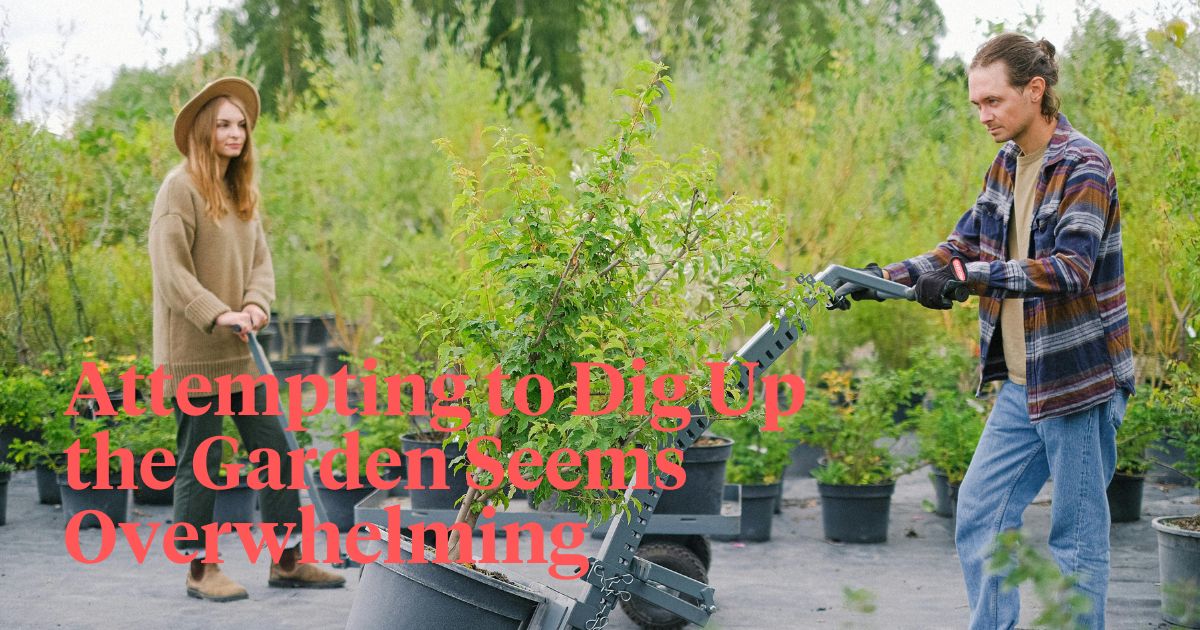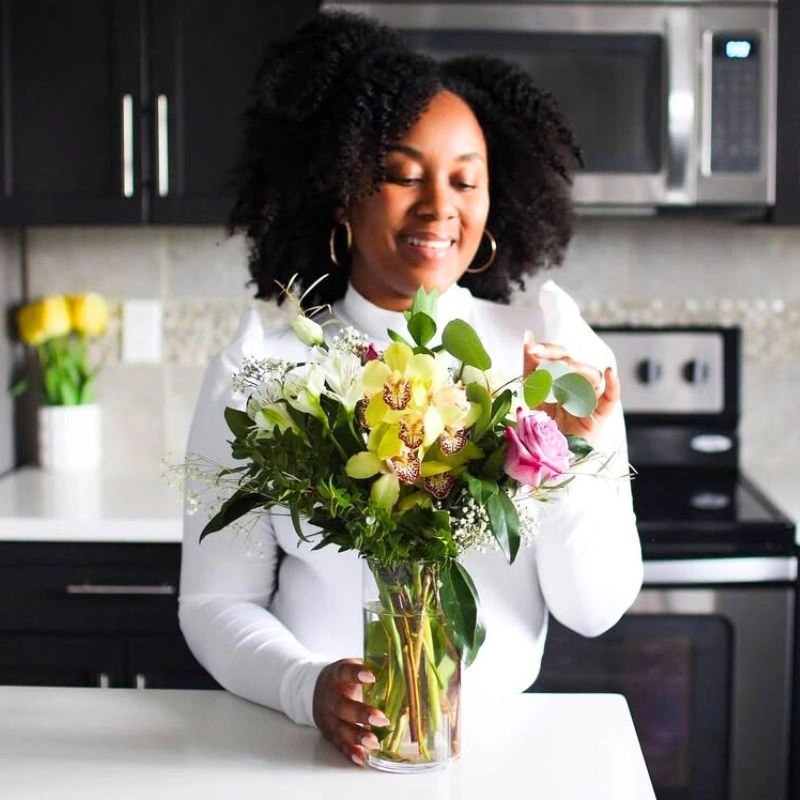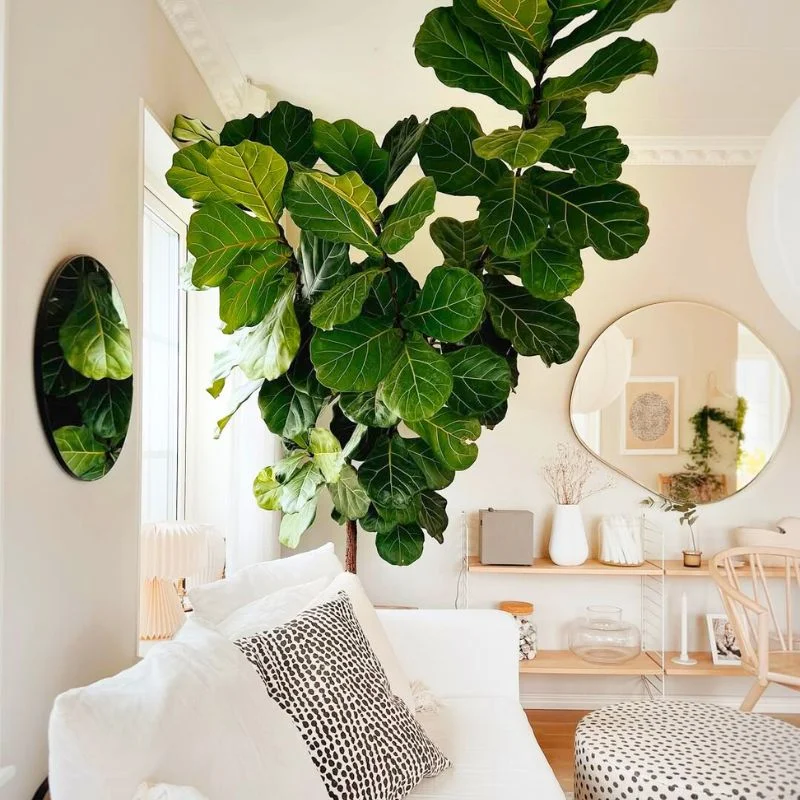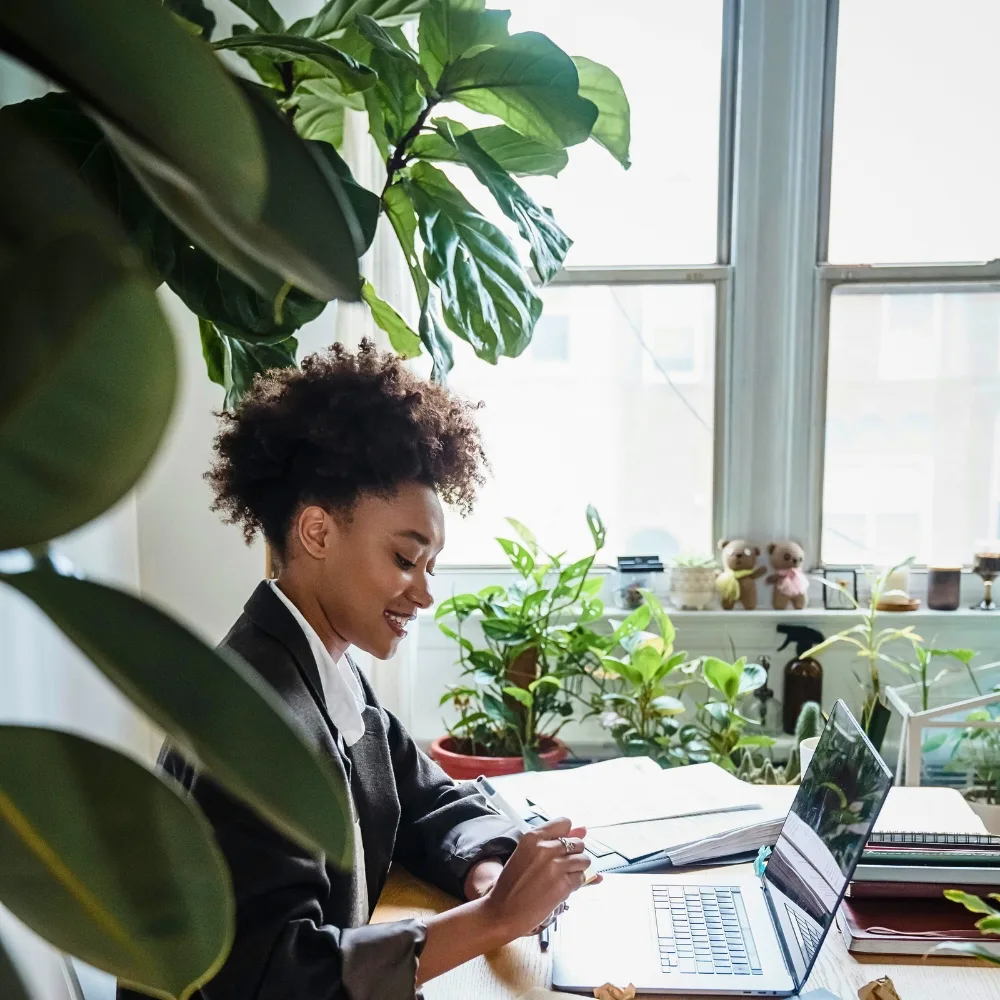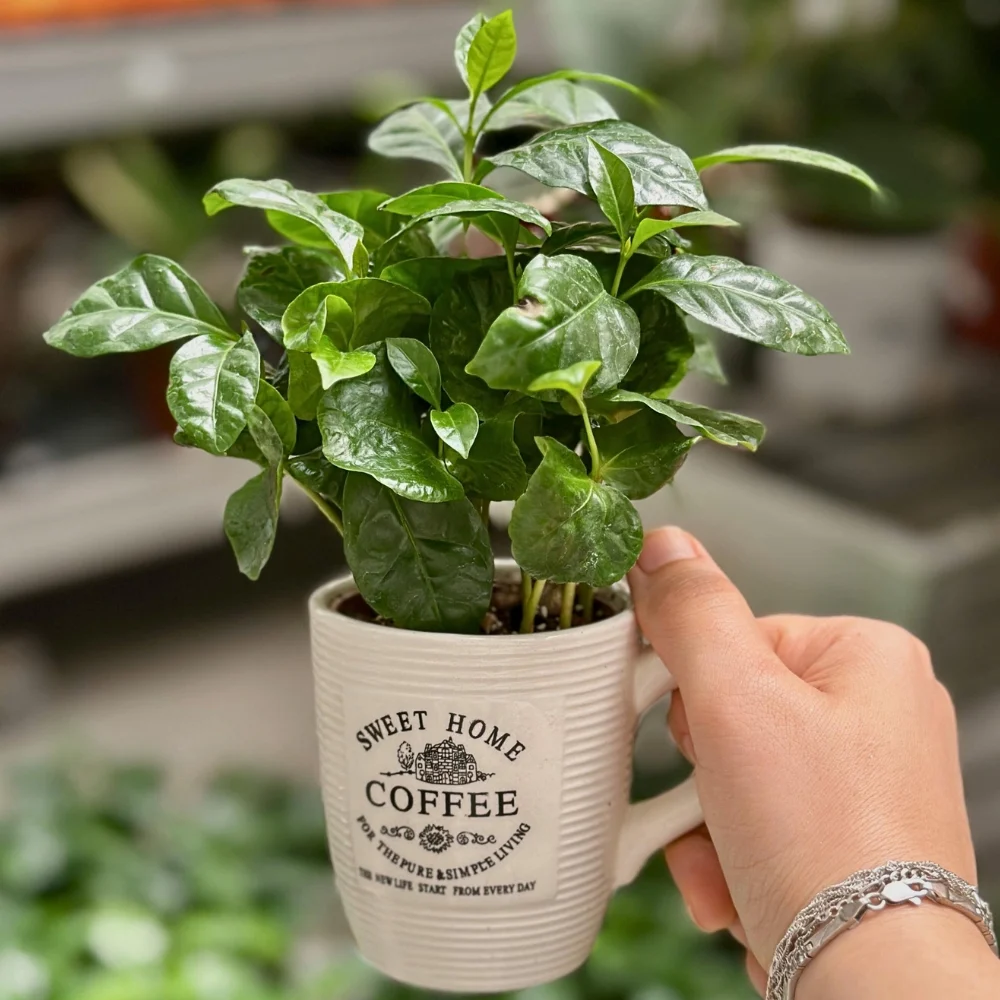So you're moving to a new home. Exciting! But now comes the tough part - figuring out what to do with all your beloved houseplants and garden greenery. You've spent years cultivating these leafy friends, so leaving them behind feels heartbreaking. Attempting to dig up the garden seems overwhelming. And you're not sure if your fiddle leaf fig will survive a move across town, let alone across the country.
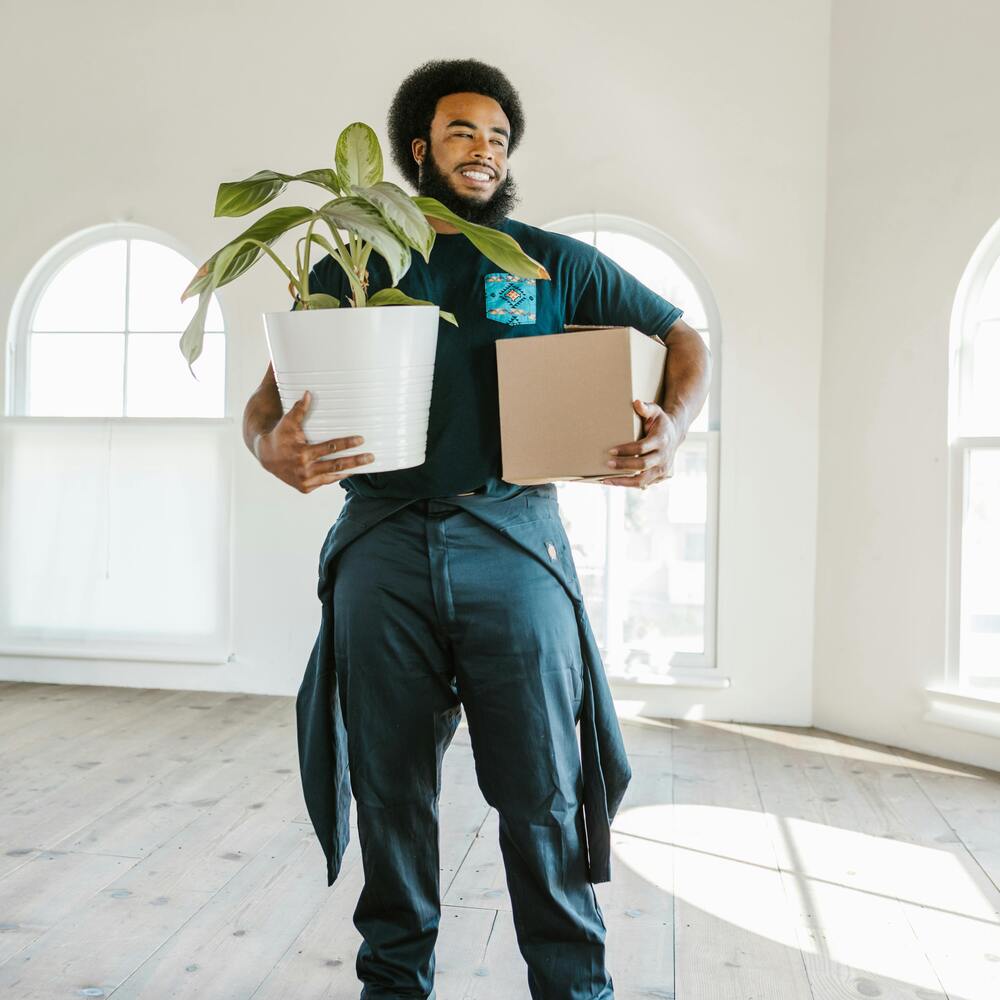
Relax! Moving with plants might sound daunting, but one independent moving company in Oakland, CA has provided this guide. They will walk you through exactly how to evaluate, prep, pack, transport, and care for your plants to safely relocate them to your new home. With some planning, protection, and TLC, you can ensure your potted and garden plants not only survive the move, but thrive in their new environment.
Deciding Which Plants to Take
Before digging up your entire garden, take stock of what plants hold sentimental value or are rare finds you can't bear to part with. Make sure to evaluate your new home's sunlight exposure to determine if your current plants will still flourish.
Assess Sentimental Value and Rarity
Think twice before leaving behind plants gifted by loved ones or ones you've nurtured from tiny seedlings into mature specimens. These have emotional importance that makes them worth moving. Likewise, haul uncommon plants that would be expensive or difficult to find for your new home and climate zone. For other plants that are readily available, let them delight the new homeowners rather than stressing them out by moving them.
Evaluate Sunlight Needs at New Home
Consider sunlight patterns at your new place before deciding which plants to move. It makes little sense to bring all your full sun lovers if your new yard is shaded. First check how much morning, afternoon, and evening sunlight each area receives. Then match plants to the conditions, prioritizing beloved specimens for bright windows and garden beds. If needed, amend shady areas with grow lights before moving fragile succulents there.
Consider How Well Plants Transplant
Unfortunately, large trees and shrubs won't easily transplant and have specific dormant seasons where they can be moved with the highest chance of survival. Perennials like peonies also resent disturbances to their roots. For these, take stem cuttings or divisions to start new plants if possible. Otherwise, leave them be and take lots of photos to remember them by! Annuals and smaller perennials in pots will move with less trauma.
Tips for Choosing Vegetables and Fruit Trees
Will you have space for vegetable beds or fruit trees once you move? Leafy greens, radishes, green onions and herbs are all fast-growing crops that can be produced before moving day. For fruit, see if you can harvest ripe berries and stone fruits shortly before your move date.
Preparing Plants Ahead of Time
Giving your plants some care 3-4 weeks before moving day will help them withstand the stress better.
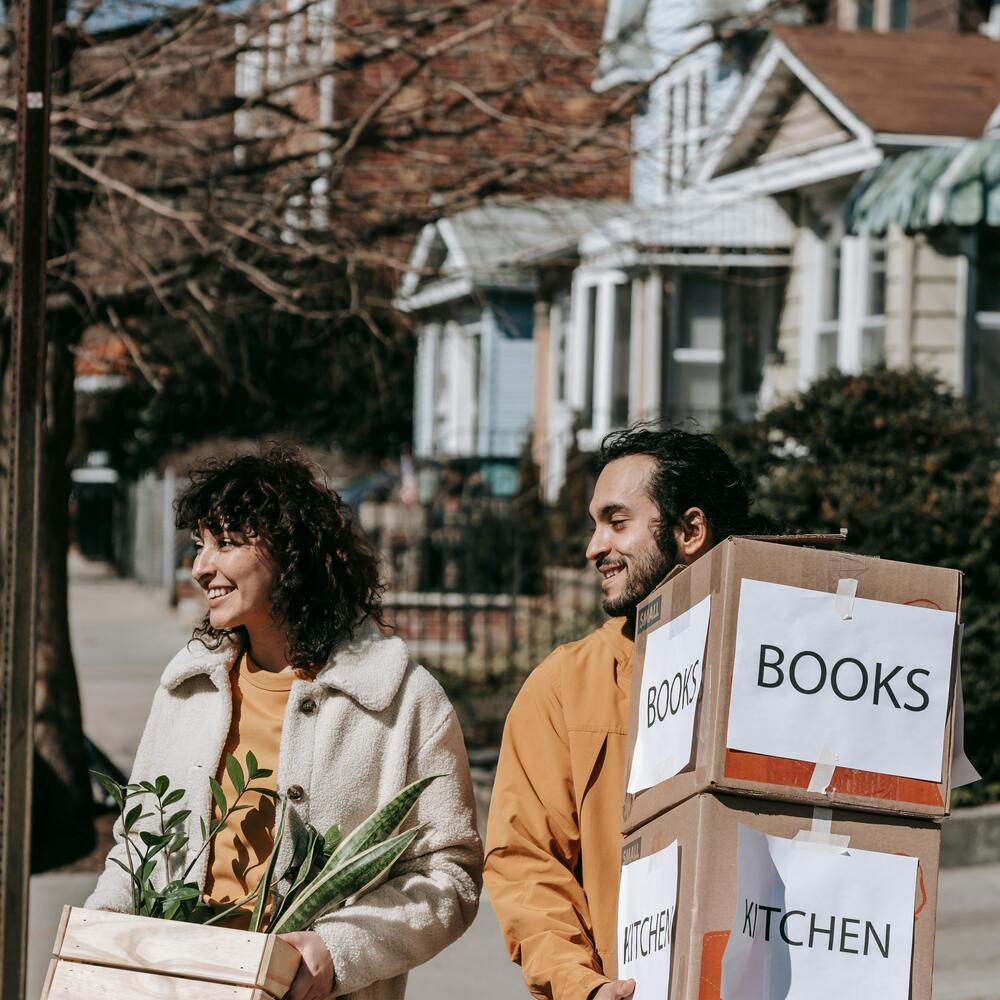
Repot Into Plastic Pots
A month before moving, gently repot-rooted plants into plastic containers without disturbing the roots too much. Plastic holds up better than terracotta during bumpy rides. Go up just 1-2 inches wider than current pots so they don't get over-watered while packing.
Inspect Thoroughly and Treat Pests
Check leaf undersides, soil and stems meticulously for any spider mites, fungus gnats, mealybugs or other hangers-on. Treat with organic sprays like neem oil or insecticidal soap a week prior to moving so populations die off before transport. Finding pests once unpacked is the last thing you need!
Prune Plants One Week Before to Reduce Stress
A week before moving day, trim back any leggy growth or dead foliage to renew plants and encourage new sprouts. But avoid pruning delicate specimens like orchids and ferns which prefer no snipping.
Take Cuttings From Garden Plants You Can't Bring
If leaving behind major garden features like trees, take stem cuttings in early spring or summer to propagate replacements for your new landscape. Use rooting hormone and perlite/vermiculite soil mixes in humidity domes to spur adventurous roots on leafy cuttings.
Packing Methods by Plant Type
Packing day arrives! Now comes the fun part of swaddling your green babies to keep them secure and breathing on the journey.

Bubble Wrap Prickly Cacti and Succulents
Wrap up defensive plants individually so they don't damage their softer neighbors. Then nestle all into boxes filled with newspaper or Styrofoam peanuts to prevent jostling. Tape cotton pads over pointy spines if needed to protect yourself while moving heavy pots.
Suspend Hanging Baskets From Car Grab Handles
Drape plant hangers over car grab handles, seat tops or sturdy hooks during transport. Then lovingly tuck vines back into pots, water well, and add supports at the new home once unpacked. You want to prevent breakage without smashing plants during the drive.
Stand Tall Plants Upright in Backseat Floorboards
Lean lamps, small trees, and anything top-heavy against other furniture anchored securely in place. Place yoga mats, blankets, or cardboard underneath to catch spills without harming car upholstery. Reserve passenger seats for most fragile plants like orchids and bonsai trees.
Wrap Leafy Plants With Paper to Prevent Damage
Before bubble wrap, lightly tie or wrap foliage inward on bulbous plants like ficus, dieffenbachias, crotons, etc. Loose newspaper sheets around the outside softly Pad stems during stacking. Unwrap promptly once unloaded as they still need light exposure!
Water Well 1-2 Days Before Loading
Previously soaked soil equals heavier pots for movers to haul. Instead, deeply water 1-2 days prior for just enough residual moisture without saturating weight. Then let all excess drain fully before placing plants into boxes or car seats bound for the new house. They'll travel lighter and happier!
Loading the Moving Truck
If using a moving company, communicate clearly which plants are traveling with you versus getting newly purchased once settled. Not all movers allow plants due to their fragile nature.
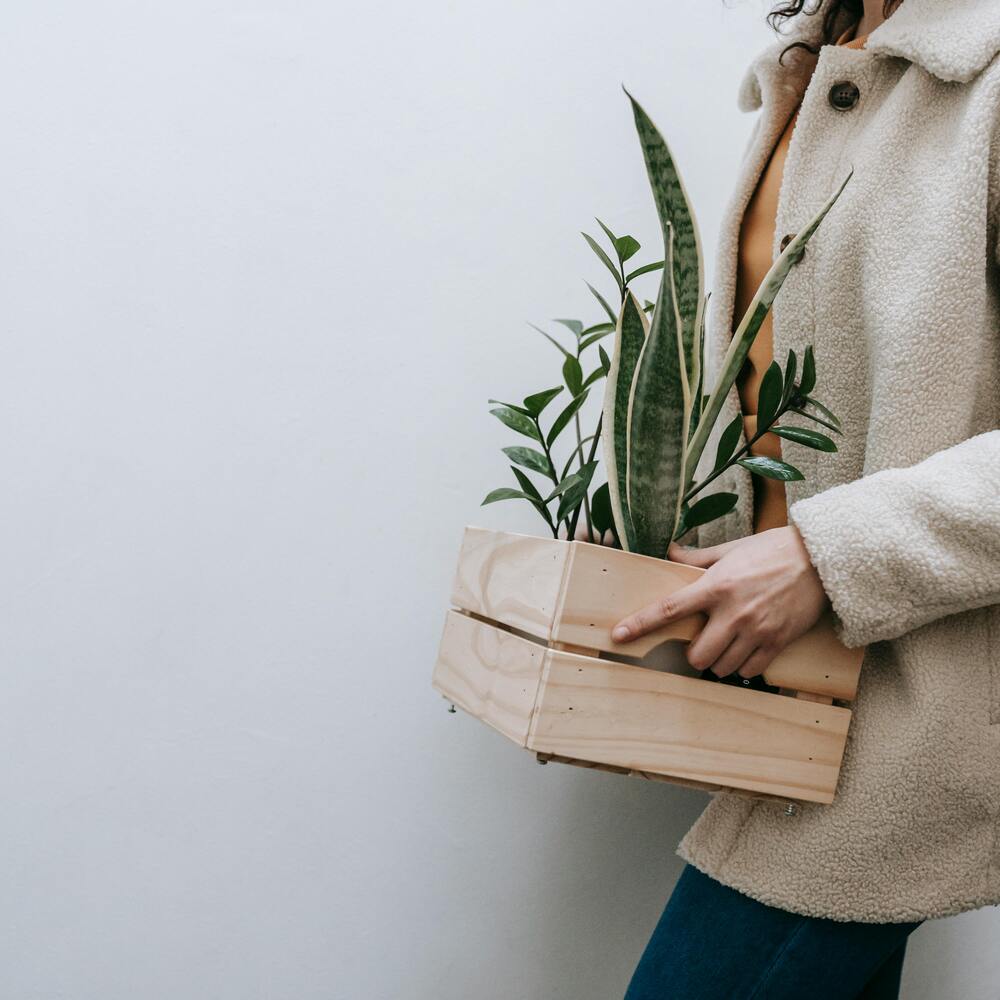
Place Boxes Gently and Securely
Provide specific instructions on gently placing plant boxes within truck storage, strapped down securely if possible. Highlight which ones sit upright versus sideways. Tip: Label plant box orientation by taping arrows pointing "UP" on all sides so movers know which direction to set them down.
Leave Box Lids Open For Airflow if Possible
Many trucks lack climate controls, so leave cardboard lids open if the weather allows. This prevents excess heat from building up inside boxes, while still protecting from wind. Just secure with extra tape or rope tying tops loosely shut.
Punch Holes In the Sides For Ventilation
Use scissors to poke air holes along the lower sides of boxes. Avoid piercing actual plant pots inside! Cross-hatched slits give better breathability versus a few larger holes. Just ensure box bottoms stay intact for level storage.
Water Plants Thoroughly Day Before Loading
Prevent added weight and mess by hydrating plants properly a full day before moving. This gives the soil time to absorb while allowing excess to drain off overnight. Come loading day, plants shouldn't spill water during transport.
Unloading and Helping Plants Adjust
Congratulations, you made it! As overwhelming as unloading an entire house worth of stuff may feel, don't let new home chaos keep plants waiting in dark boxes. Help ease them into their new environment right away.
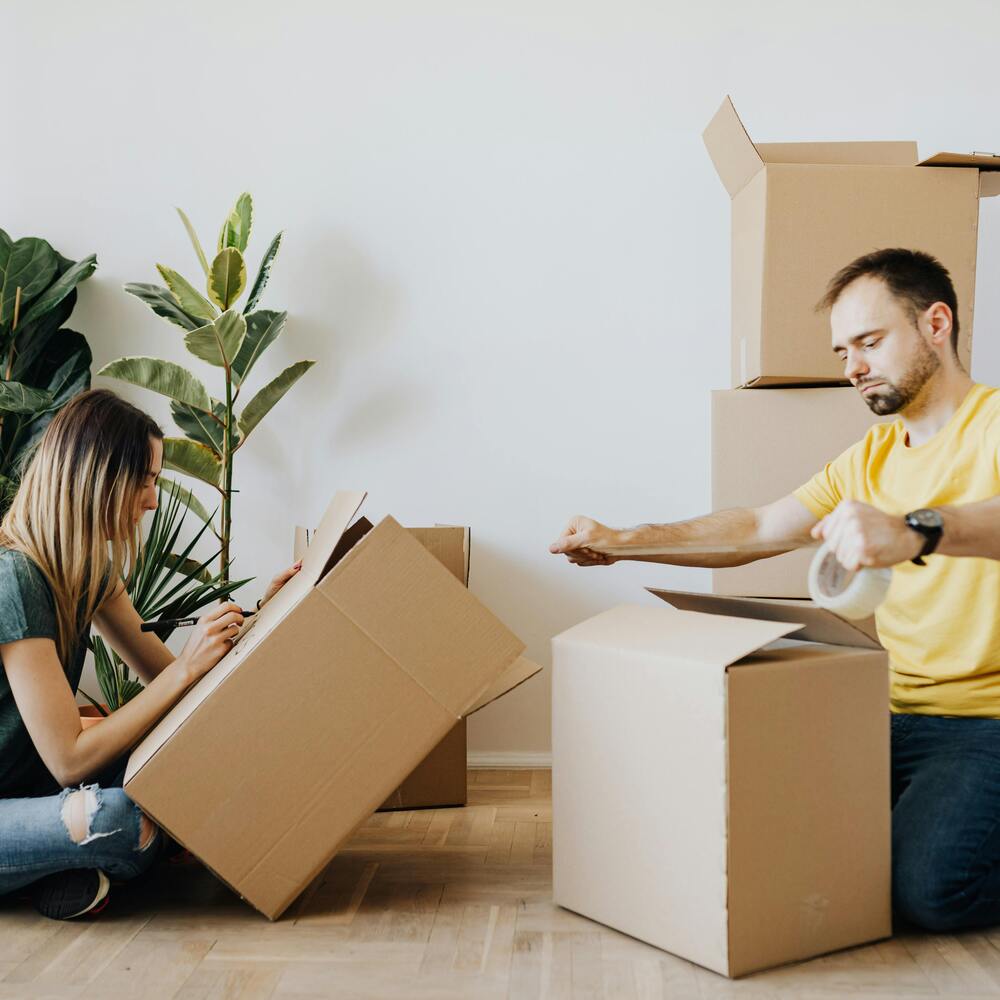
Unpack and Water Plants Immediately
Once unloaded, immediately unpack plants to give them light and air. Water thoroughly before placing them anywhere since dry soil Worsens stress. If wilted, use a mister to revive droopy leaves until they perk up.
Wait 1 Week Before Repotting Plants
Though tempting to plop root bound plants into roomier pots now, wait a week first. Transplant shock coupled with move shock may cause detrimental setbacks. Monitor for signs they need larger homes, like roots emerging from drainage holes.
Observe Plants Closely and Address Signs of Stress
Post-move, maintain consistent soil moisture and light conditions. But expect some Yelp leaves yellowing or leaf curling anyway. Boost humidity, and don't repot, fertilize, or propagate until plants stabilize. As long as new growth still occurs, no need to panic!
What to Do if You Must Leave Plants Behind
Sometimes geography limits abilities to haul your beloved green beings along. When relocation rules, regulations or impracticalities mean leaving plants behind, all hope is not lost!
Research Regulations on Bringing Plants Into New State or Country
Importing plants across state lines or international borders often requires inspections, permits, or meets outright prohibition in some cases. Before attempting to move plants, call your local agriculture department to avoid accidental smuggling! Some travel requires absolutely no plants or organic materials to come along.
Take Lots of Photos to Remember Your Garden
If crossing borders with greenery remains impossible, document your landscape thoroughly through pictures. Capture memories of each beautiful botanical element at all seasons and life stages. That way the joy it brought lives on digitally even if you must say goodbye.
Offer Plants to Friends and Family as Gifts
Rather than abandoning your garden altogether, give away vigorous divisions or offsets! Your lovingly nurtured plants make wonderful bon voyage presents for all those supportive friends and family. Not only do you brighten others with thriving gifts, but beloved plants find new homes nearby rather than meeting sad fates.
In a Nutshell
And there you have it - a roadmap to safely move your plants! While relocating plants across any distance poses challenges, with care and planning the plants and gardens you've invested years tending can make the journey intact. Assemble needed supplies, prune back plants a few weeks beforehand, and pack carefully according to growth forms.
Provide post-move recuperation care helping plants acclimate in their new home. Hopefully unpacking treasured plants in your fresh space sparks optimism about settling into unfamiliar surroundings yourself! No matter how many miles accumulate between you and old stomping grounds, having a few familiar leafy friends integrate into a new house and garden makes it feel like home.

